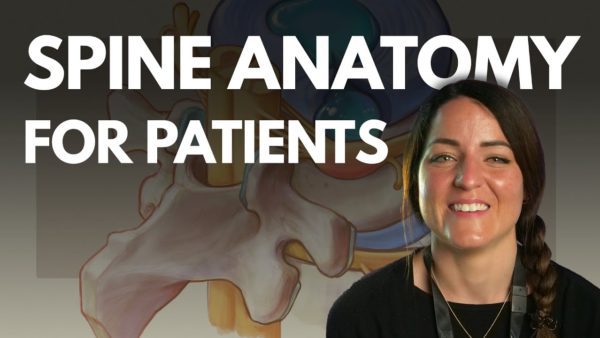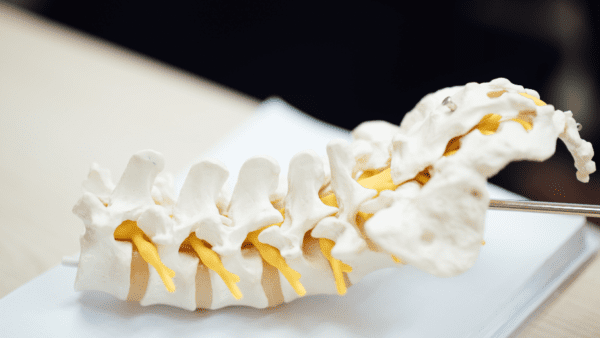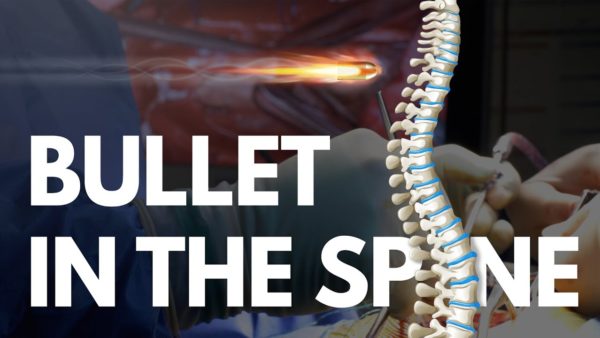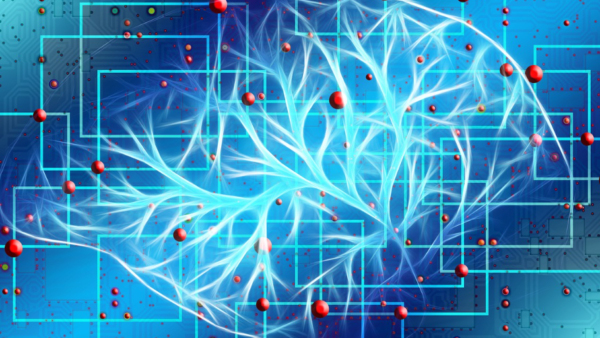If you’re a patient with spine problems who is going to have surgery it’s good to start with our Spine Anatomy for Patients video. This is the first in a series that will get you ready for spine surgery! This is written and filmed with Francesca Howes, an Extended Scope Spinal Physiotherapy Practitioner at The […]
Blog
Tethered Cord Syndromes
Background on the Spinal Cord We find the spinal cord freely floating in the spinal canal encased by the spinal column, a roughly cylindrical column of individual vertebral bones designed to protect the descending cord from damage. The spinal cord itself is made up of bundles of nerves that communicate with the brain and the […]
BULLET in the SPINE – Operation video
A bullet in the spine is a very uncommon thing for neurosurgeons to have to deal with. The principles of trying to remove a bullet in the spine are the same as when we need to take out a spinal cord tumour. In this video we go through a thoracic laminectomy, opening the dura surrounding the spinal cord, opening the spinal cord and removing the bullet.
Spinal Cysts
Spinal cysts are benign, fluid-filled lesions that can develop at any level of the spine. They can often be asymptomatic for many years and its normal for them to vary in size and type. They can occur at any age, though are more common in over 50s and overall there is no gender difference when it […]
Supplementary Motor Area Syndrome
SMA Syndrome stands for Supplementary Motor Area Syndrome. It is a temporary neurosurgical condition first documented in 1977 and arises from damage to the supplementary motor area of the brain. It occurs in 26-100% of surgeries that take place in one of the two supplementary motor areas. We can think of it in 3 phases, which […]





